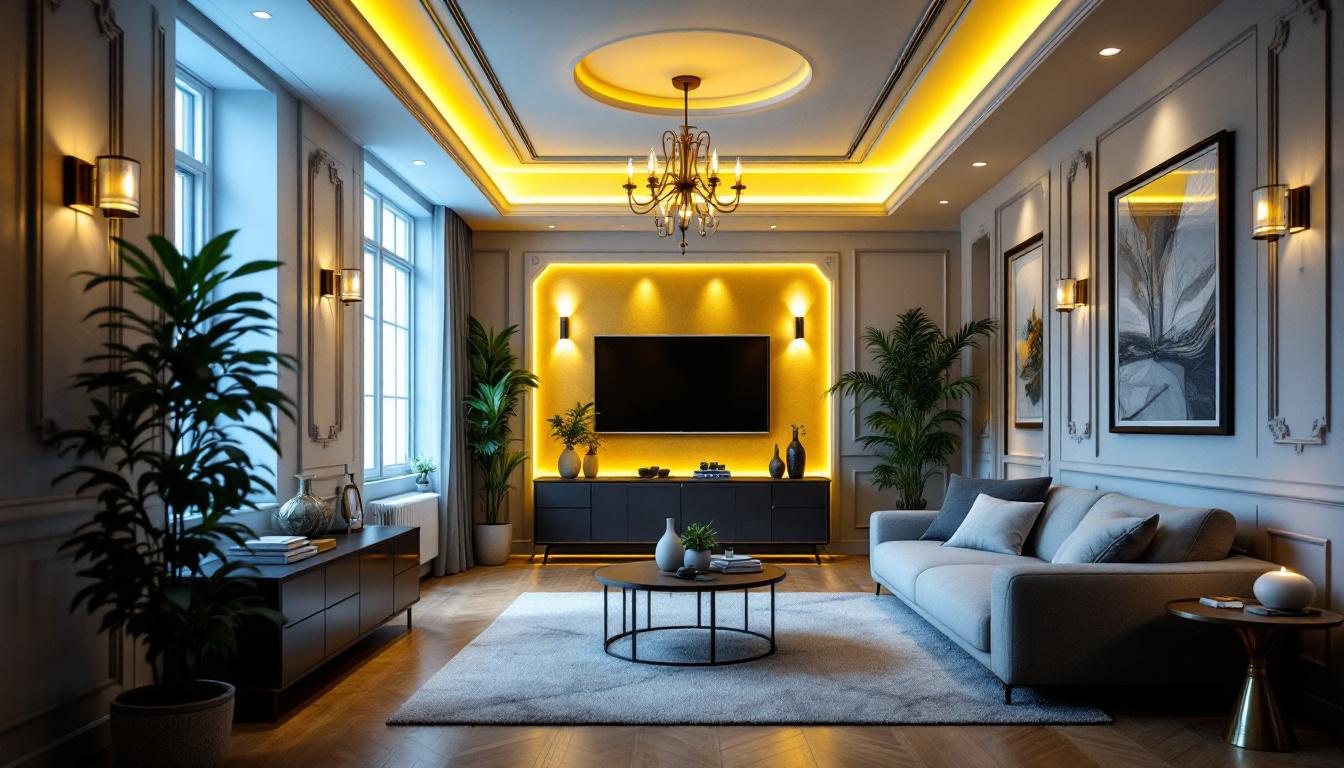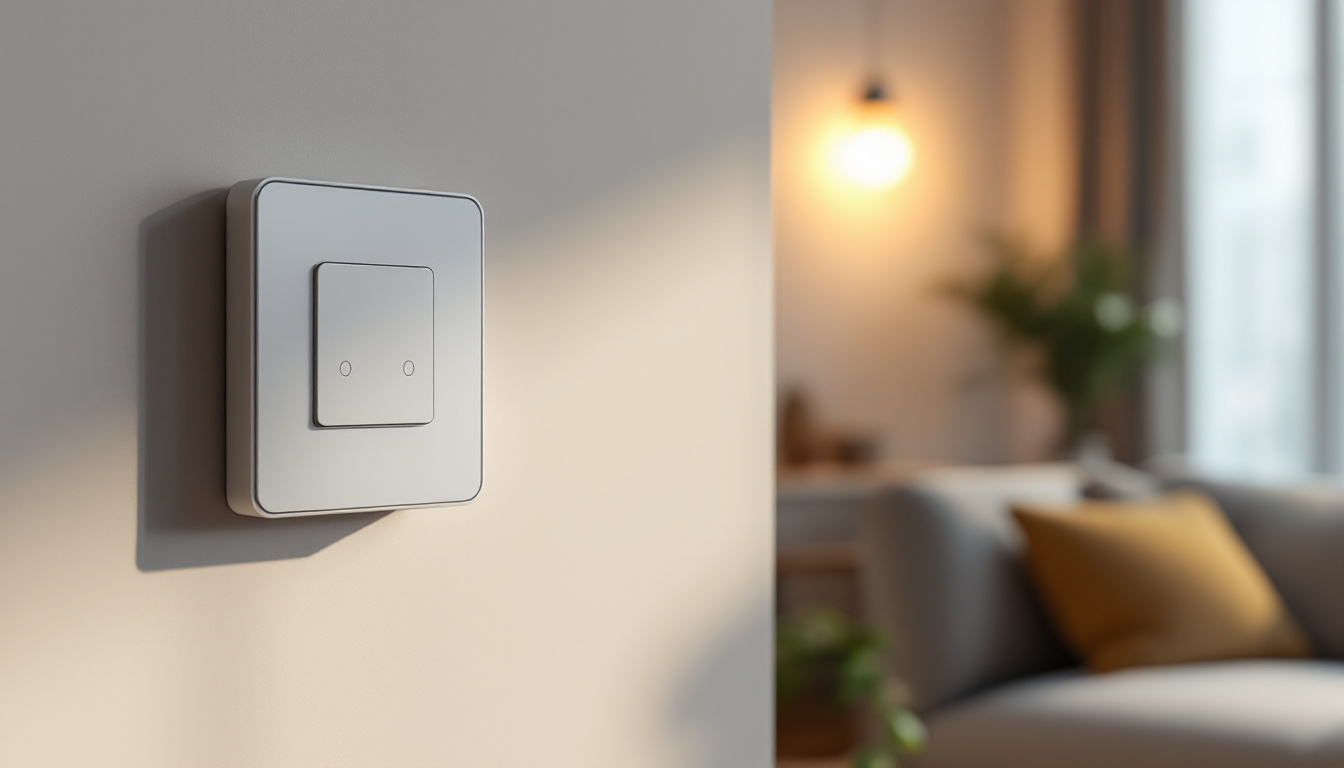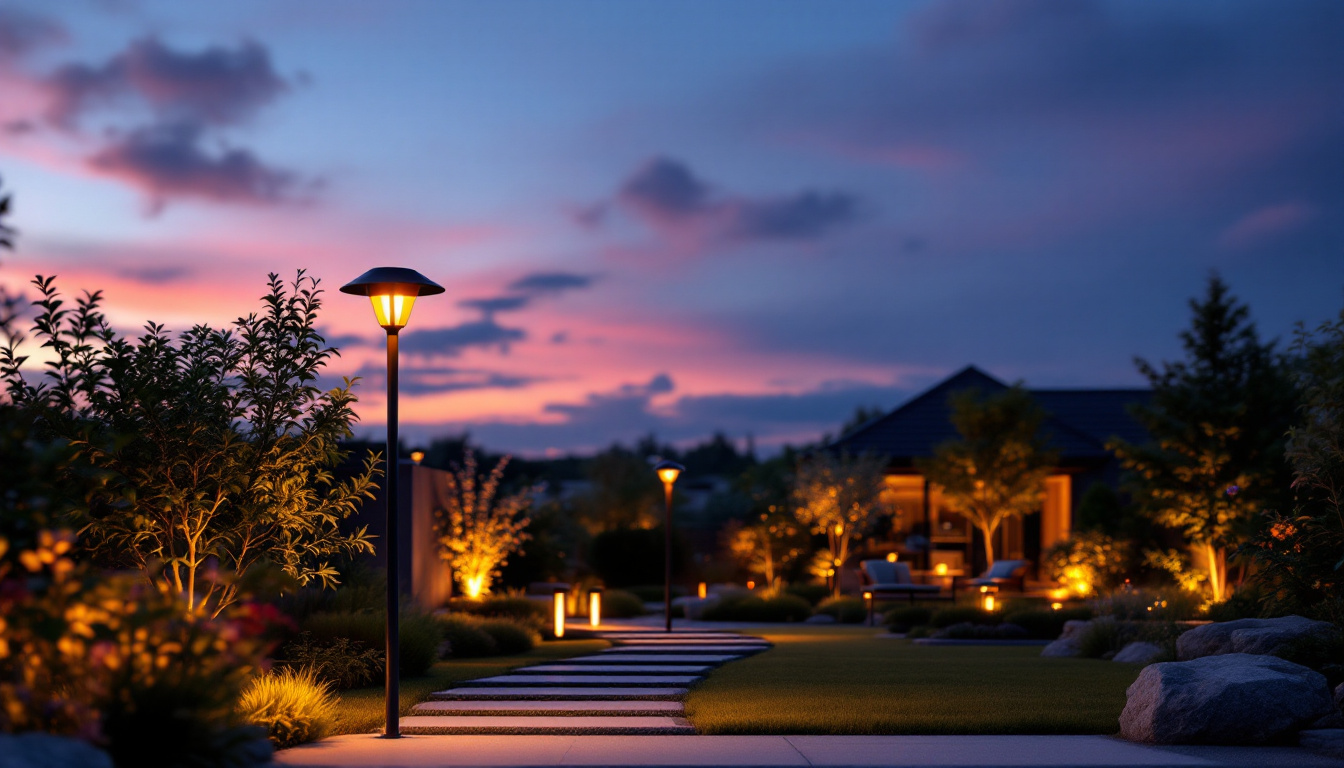
In the world of modern lighting design, decorative recessed lighting has emerged as a popular choice for both residential and commercial spaces. This type of lighting not only serves a functional purpose but also enhances the aesthetic appeal of a room. For lighting contractors, understanding the intricacies of decorative recessed lighting is essential for delivering high-quality installations that meet client expectations. This article will delve into the various aspects of decorative recessed lighting, including its benefits, design considerations, and installation techniques.
Decorative recessed lighting refers to fixtures that are installed into the ceiling, providing a sleek and unobtrusive lighting solution. Unlike traditional light fixtures that hang down or protrude, recessed lights are flush with the ceiling, making them ideal for spaces with low ceilings or minimalist designs. These fixtures can be used for ambient, task, or accent lighting, depending on the design intent. Their ability to blend seamlessly into the architecture allows for a clean look that enhances the overall aesthetic of a room without drawing attention to the light source itself.
In addition to their visual appeal, decorative recessed lights can also contribute to energy efficiency. Many modern recessed lighting options utilize LED technology, which not only consumes less energy but also has a longer lifespan compared to traditional incandescent bulbs. This makes them an environmentally friendly choice that can help reduce electricity bills over time. Furthermore, the ability to control the brightness and color temperature of recessed lighting through smart home systems adds an extra layer of versatility, allowing homeowners to customize their lighting to suit different moods and activities.
There are several types of decorative recessed lighting fixtures available, each designed to serve specific purposes. The most common types include:
Decorative recessed lighting can be applied in various settings, making it a versatile choice for contractors. Common applications include:
Moreover, the integration of smart technology into decorative recessed lighting systems allows for even greater customization. Homeowners and business owners can program their lights to adjust automatically based on the time of day or occupancy, ensuring that spaces are always well-lit when needed while conserving energy when they are not in use. This level of control not only enhances convenience but also contributes to the sustainability of the environment, making decorative recessed lighting a smart choice for the modern world.
Integrating decorative recessed lighting into a design scheme offers numerous advantages. Understanding these benefits can help lighting contractors effectively communicate the value to clients.
One of the most significant benefits of recessed lighting is its space-saving design. By being installed within the ceiling, these fixtures do not take up any floor or wall space, making them ideal for smaller rooms or areas with low ceilings. This feature allows for more flexibility in furniture arrangement and overall room layout.
Decorative recessed lighting can dramatically enhance the aesthetics of a space. With the ability to choose from various trim styles, colors, and finishes, contractors can customize the lighting to match the interior design theme. Additionally, the unobtrusive nature of recessed lights allows other design elements, such as artwork or architectural details, to take center stage.
Many decorative recessed lighting fixtures are designed to be energy-efficient, utilizing LED technology that consumes less power while providing ample illumination. This not only reduces energy costs for clients but also contributes to a more sustainable environment. As energy efficiency becomes increasingly important, promoting these benefits can be a valuable selling point for contractors.
When planning a decorative recessed lighting installation, several design considerations should be taken into account to ensure optimal results. These factors can significantly impact the effectiveness and overall look of the lighting scheme.
Proper placement and spacing of recessed lights are crucial for achieving the desired lighting effect. A general guideline is to space the fixtures approximately 4 to 6 feet apart, depending on the ceiling height and the desired brightness. Additionally, contractors should consider the layout of the room and the purpose of the lighting when determining placement.
The trim and finish of recessed lighting fixtures can greatly influence the overall aesthetic. Contractors should consider the style of the room when selecting trims, as well as the finish that will best complement the existing decor. Options range from sleek and modern to ornate and traditional, allowing for a wide range of design possibilities.
To create a well-balanced lighting scheme, it is essential to layer light effectively. Decorative recessed lighting can be combined with other types of lighting, such as pendant lights, wall sconces, or floor lamps, to achieve a harmonious blend of ambient, task, and accent lighting. This layering technique not only enhances functionality but also adds depth and dimension to the space.
Installing decorative recessed lighting requires careful planning and execution. Lighting contractors must be familiar with various installation techniques to ensure a successful outcome. Below are some key considerations for the installation process.
Before installation, it is essential to address any electrical considerations. Contractors should assess the existing wiring and ensure that it meets local codes and regulations. Additionally, determining the appropriate circuit load and using compatible dimmers can enhance the functionality and performance of the recessed lighting.
Accurate measurements and cutting are critical for a professional-looking installation. Contractors should use a template or a hole saw to create precise openings in the ceiling for the recessed fixtures. Care should be taken to avoid any structural elements, such as beams or ducts, that may interfere with the installation.
Once the holes are cut, securing the fixtures properly is essential for safety and stability. Most recessed lights come with mounting brackets or clips that allow for easy installation. Contractors should ensure that the fixtures are securely fastened and that any wiring is neatly tucked away to prevent damage or hazards.
As design trends evolve, so do the styles and technologies associated with decorative recessed lighting. Staying informed about current trends can help lighting contractors provide clients with innovative solutions that meet their needs.
Smart lighting technology has gained popularity in recent years, allowing homeowners and businesses to control their lighting remotely through smartphones or voice-activated devices. Integrating smart recessed lighting into installations can enhance convenience and energy efficiency, making it a desirable option for many clients.
Modern recessed lighting fixtures often come with adjustable color temperature options, allowing users to choose between warm, neutral, and cool light settings. This flexibility enables contractors to create customized lighting experiences that cater to individual preferences and specific room functions.
As sustainability becomes increasingly important, many manufacturers are focusing on eco-friendly materials for recessed lighting fixtures. Contractors should consider sourcing products made from recycled or sustainable materials, as this can appeal to environmentally conscious clients and enhance the overall value of the installation.
Decorative recessed lighting offers a myriad of benefits, from enhancing aesthetics to providing energy-efficient solutions. For lighting contractors, understanding the various types, applications, and installation techniques is crucial for delivering high-quality results that meet client expectations. By staying informed about design trends and incorporating innovative solutions, contractors can elevate their services and create stunning lighting environments that leave a lasting impression.
As the demand for decorative recessed lighting continues to grow, embracing this trend can lead to increased business opportunities and satisfied clients. By mastering the art of recessed lighting, contractors can position themselves as experts in the field and build a reputation for excellence in lighting design and installation.
Ready to take your lighting projects to the next level? At LumenWholesale, we provide lighting contractors with the finest spec-grade decorative recessed lighting products at unbeatable wholesale prices. Say goodbye to local distributor markups and hello to our premium selection that meets the highest industry standards. With free shipping on bulk orders, you can trust that you’re getting the best value without any hidden fees. Elevate your installations with the quality, affordability, and convenience of LumenWholesale. Discover our extensive range and start saving today by visiting Wholesale Lighting at the Best Value.

Discover the ultimate guide to in-wall switch timers for lighting, covering installation tips, benefits, and how they can enhance energy efficiency in your home.

Discover the essential techniques for dimming LED lights and explore how lighting contractors can leverage these skills to enhance their services, improve energy efficiency, and increase client satisfaction..

Discover how contemporary industrial lighting solutions can enhance efficiency and boost profits for lighting contractors.

Discover how solar-powered landscape lights can transform your outdoor spaces into stunning, eco-friendly environments.